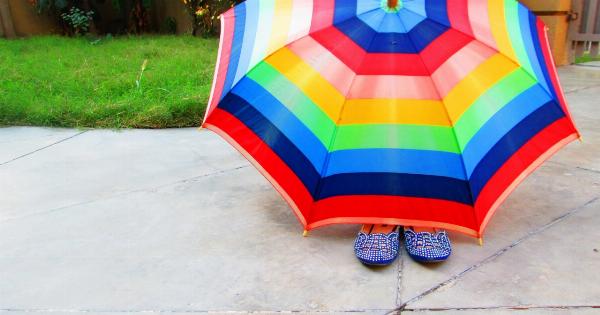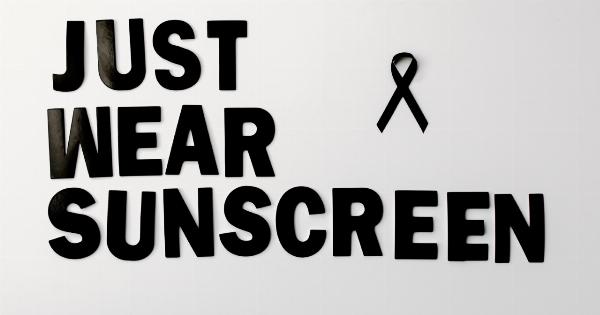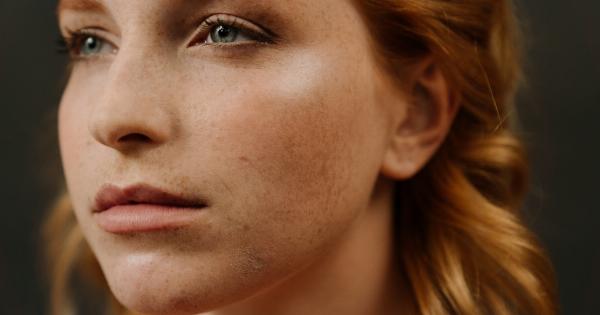UV (ultraviolet) radiation is a type of electromagnetic radiation that comes from the sun and certain man-made sources. Although some exposure to sunlight is important for human health, too much of it can be harmful and result in skin damage and cancer.
UV radiation is classified into three different types based on their wavelength and energy: UVA, UVB, and UVC.
UVA Radiation
UVA radiation has a longer wavelength and lower energy than UVB radiation. It makes up about 95% of the UV radiation that reaches the Earth’s surface. UVA can penetrate deeper into the skin, reaching the dermis, which is the second layer of skin.
UVA can cause premature aging of the skin (photoaging) and tanning. It is also responsible for some types of skin cancer.
UVB Radiation
UVB radiation has a shorter wavelength and higher energy than UVA radiation. UVB is responsible for sunburns and can cause damage to the DNA in skin cells, leading to skin cancer. UVB radiation does not penetrate as deeply into the skin as UVA radiation.
It is strongest during the summer months and at high altitudes.
UVC Radiation
UVC radiation has the shortest wavelength and highest energy of all types of UV radiation. It is also the most dangerous type of UV radiation, but it is largely absorbed by the ozone layer and does not reach the Earth’s surface.
Effects of UV Radiation on Skin
UV radiation can have harmful effects on the skin, including:.
- Sunburn
- Photosensitivity (a skin reaction to sunlight)
- Premature aging of the skin (photoaging)
- Tanning
- Skin cancer
Protection from UV Radiation
There are several strategies that can help protect your skin from UV radiation:.
- Stay in the shade when possible, especially during peak hours (10 a.m. to 4 p.m.)
- Wear protective clothing, such as long-sleeved shirts and wide-brimmed hats
- Use sunscreen with a high SPF (sun protection factor)
- Avoid tanning beds, as they emit UV radiation that is just as harmful as the sun’s UV radiation
Sunscreen
Using sunscreen is an important part of protecting your skin from UV radiation. Sunscreen works by absorbing, reflecting, or scattering UV radiation. It can also help prevent sunburn, tanning, and skin cancer.
When choosing a sunscreen, look for one with a high SPF (at least 30) and broad-spectrum protection, which means it protects against both UVA and UVB radiation. Apply sunscreen generously and frequently, especially when out in the sun for extended periods of time.
Conclusion
UV radiation can have harmful effects on the skin, including sunburn, premature aging of the skin, tanning, and skin cancer.
It is important to protect your skin from UV radiation by staying in the shade, wearing protective clothing, avoiding tanning beds, and using sunscreen with a high SPF and broad-spectrum protection. By taking these steps, you can enjoy the benefits of sunlight without putting your skin at risk.

























